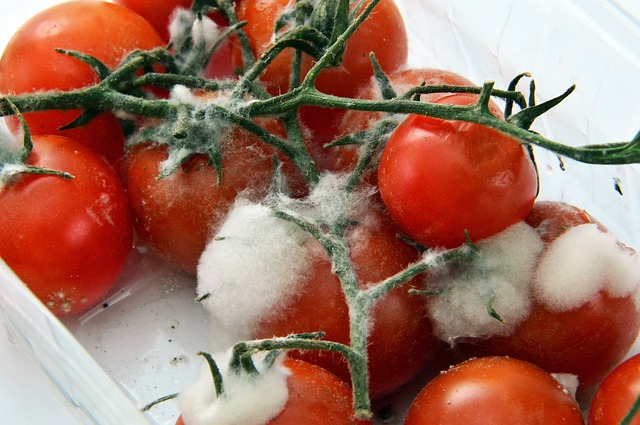Around one third of the food we produce ends up in the bin, and household food waste counts for over 50% of that figure. Today is UN World Food Day 2018, themed this year around #ZeroHunger with a focus on the difference that cutting down on food waste would make. Here, the Institute for Food, Nutrition and Health’s Dr Natalie Masento shares her top five tips on cutting down food waste in the home.

1. Write a shopping list
Planning what you need to buy at the supermarket might seem like a time-consuming activity, but research has shown that those who plan their shopping produce 20% less food waste compared to those that don’t write a shopping list (1). Using a shopping list template can help make writing the list easier. Using a table and having columns for each food group such as ‘Vegetables’, ‘Fruit’, ‘Cold’, ‘Dry’, ‘Freezer’ helps you think about what you need in different parts of the kitchen and this also helps when walking around the supermarket.
2. Cook a ‘what’s left meal’ once a week
As much as we might plan in advance what to buy at the supermarket, it’s still easy to end up with ingredients left in the fridge or cupboards. Having a look at what is left and creating meals to use up these ingredients is a great way to reduce food waste. Vegetables are commonly wasted food yet it’s easy to make vegetable soup or a tomato-based sauce with added vegetables – or even a stir-fry with any vegetables that are sitting around in your fridge.
3. Understand what labels mean
Understanding the difference between ‘Best Before’ and ‘Use By’ is important when thinking about food in your home. ‘Best Before’ dates are about food quality. Manufacturers provide these dates to suggest when you should eat your food for best taste and texture. Eating food past this date is still safe, so there is no need to throw out food past this date. However, ‘use by’ dates relate to food safety and provide a warning that food past this date may not be safe to eat.
So, while regularly checking food for ‘use by’ dates is a good idea so you can ensure you use those items in time, checking ‘best before’ dates does not matter and should not factor into whether a food item should be thrown away.
4. Use your freezer
In UK households bread is the most wasted food item (2), but lots of people don’t realise how easy it is to freeze bread. On purchase day, put sliced bread in the freezer, then when you want a slice or two, defrost either in the toaster or use the defrost setting in the microwave. Using your freezer for food like bread is an easy way to ensure you use food when you need it, rather than not using it and letting it go bad. This approach also helps with portion control, so you only take out the amount of bread you need per day instead of having the whole loaf available for a late night serving of toast.
5. Know your stuff about storage
Certain fruits such as apples, avocados, ripe bananas, tomatoes are known to release ethylene gas. If these are stored with ethylene sensitive foods such as asparagus, broccoli, garlic and strawberries, they are more likely to ripen and spoil quicker, making them more likely to end up in the bin. Knowing where to correctly store your food and ensuring you store certain foods separately can save them from spoiling too early and ending up in the bin.
Household food is a big problem, with the amount of food waste produced in homes more than half, 53% of the total food waste produced. That is more than supermarkets (5%), restaurants (12%), food processing (19%) and food production (11%) combined(3). If we all made small changes to our habits, following one of the tips provided, we would significantly reduce the amount of food waste in our homes.
References
- Stenmarck A. Estimates of European food waste levels. IVL Swedish Environmental Research Institute. 2016.
- WRAP. Household Food and Drink Waste in the UK2009. Available from: http://www.wrap.org.uk/sites/files/wrap/Household_food_and_drink_waste_in_the_UK_-_report.pdf.
- Jörissen J, Priefer C, Bräutigam K-R. Food waste generation at household level: results of a survey among employees of two European research centers in Italy and Germany. Sustainability. 2015;7(3):2695-715.
Dr Natalie Masento is a postdoctoral research fellow in the Institute of Food, Nutrition and Health (IFNH). Her research combines psychology and nutrition to look at how food and nutrition can impact human health and the consumer perspective of food and the food system.
The IFNH brings together Reading’s world-leading expertise in food, nutrition, agriculture, health and the environment to understand how improvements in food production, processing and nutrition can deliver better diets and health. It has strong links with EIT Food, a partnership of 50 companies, universities, and scientific partners covering the entire food value chain which seeks to transform the way in which we produce, distribute and consume food throughout Europe.
